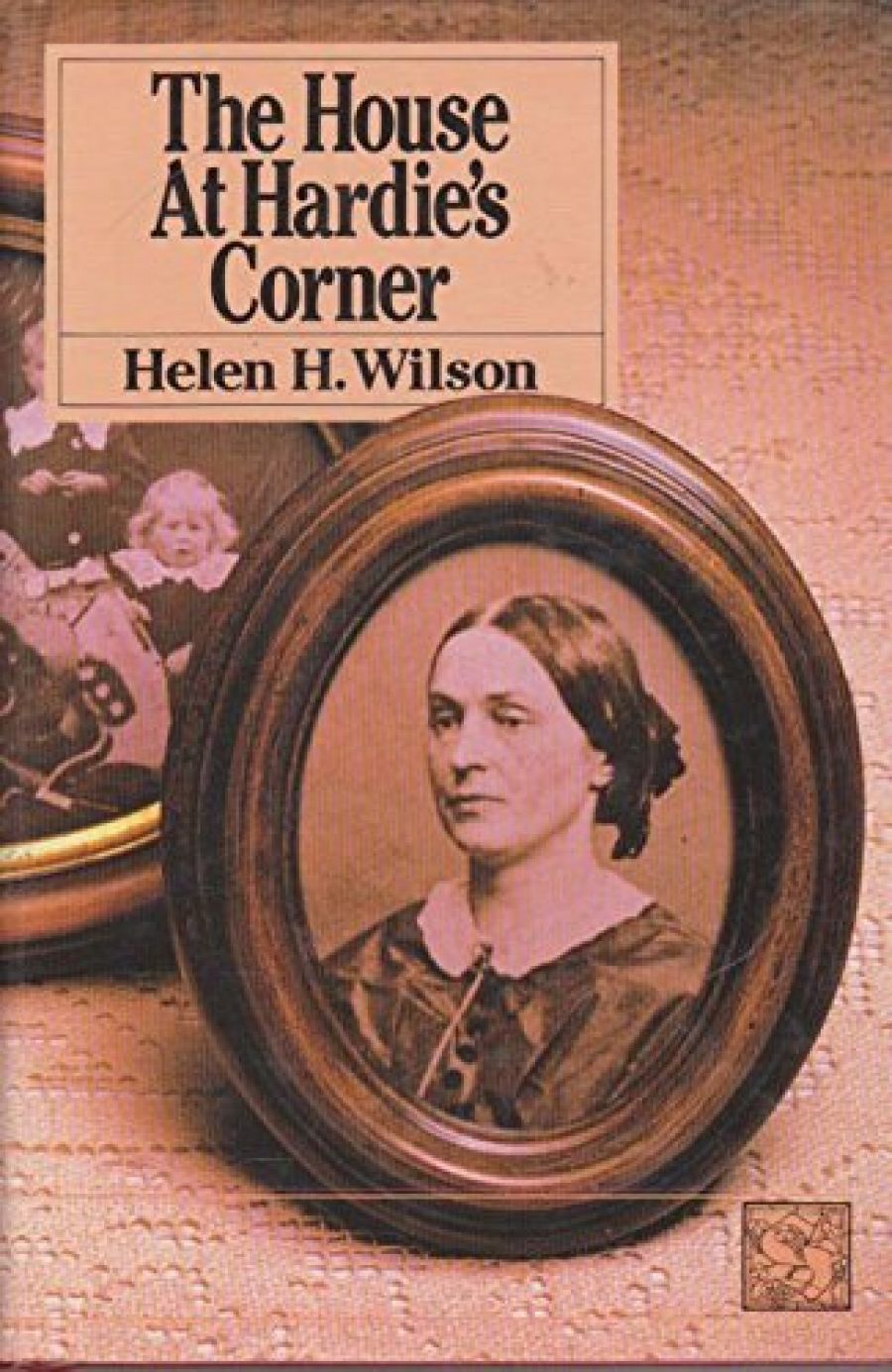
- Free Article: No
- Contents Category: Fiction
- Review Article: Yes
- Online Only: No
- Custom Highlight Text:
I’d wager that if you offered men the opportunity when they died, of being reunited with their deceased father, many would find the prospect unattractive. A surprising number of men fear their father and spend most of their life coming to grips with the complex. Hardie, the protagonist of this story was a bad father. He meant no evil nor was he evil by his own lights, yet he did systematically, emotionally at least, destroy every member of his family.
- Book 1 Title: The House at Hardie’s Corner
- Book 1 Biblio: Rigby, 228pp, $9.95
- Book 2 Title: Landscape with Landscape
- Book 2 Biblio: Norstrilia Press, PO Box 91, Carlton 3053, 268 pp
- Book 2 Cover Small (400 x 600):

- Book 2 Cover (800 x 1200):

- Book 2 Cover Path (no longer required): images/1_SocialMedia/2021/Nov_2021/META/37138817._SX318_.jpg
You’ll be glad you read this story which is neatly contrived, convincingly executed and not over-demanding, though towards the end the author runs riot with invention straining our credulity. Initially, a chance revisiting of the narrator’s family home brings back a flood of memories as each room is viewed. There is a robust refreshing recall of childhood events. It was a large family with mother, then stepmother and many siblings. Interrelationships are explored delicately and lucidly. Particularly praiseworthy is the skilful revelation of changing relationships, the maturation of understanding by the children of their parents. Late in the book comes some redeeming charity with an understanding of human frailties. Perhaps by then, grown children are glimpsing their own imperfections.
The setting is Glenelg, an Adelaide suburb at the turning of the century. There was even more class consciousness in South Australia than there is today. No boring deadening egalitarian nonsense there! Why was it tolerated and how much needless suffering it caused?
This chronicle of a house and a family of is one of gloom, an unending saga of miseries. A tolerably happy ending rewards our perseverance. In all, it reads well and is quite believable. David Hardie, self-made man, achieves a family which self-destructs and leaves him wondering what happened and where he went wrong.
We are indebted to Helen Wilson for her persuasive, moving story.
Gerald Murnane writes about scrags. Do you know what a scrag is? Macquarie is no help but implies someone scruffy of build and scraggy of resources. A scrag is the opposite of an artist; a scrag experiences rather than communicates. Not sure if he would enjoy these five collected novella of Murnane, but novellaphiles are altogether rare. Might be my vulgar prejudice but a novella seems to lack both the substance of a novel and the disciplines of a short story. With that reservation we move on to warmly praise Gerald Murnane’s latest book, Landscape with Landscape. Claims made on his behalf for brilliance and originality are upheld convincingly.
Set in Melbourne, both the city and its hills, his childhood, his schooling, his sexuality, his dedication to writing, are all portrayed leaving us with scores of first rate images, landscapes indeed. He declares his dislike of abstract words and complex concepts. He sets out to describe the thing as it is and he succeeds.
Four of the novella afford varying glimpses of somewhat similar landscapes. The exception is set in Paraguay. New maybe we are approaching a literary surfeit of Paraguay. There was Gavin Souter’s Peculiar People, a recent play and now newly Michael Wilding’s Paraguayan Experiment. Just the same, Murnane’s ‘The Battle of Acosta Nu’ (first published in Helix in 1983) is a triumph. It is a moving account of a new Paraguayan who is an old Australian. The implication is significant for many of today’s Australians, changing from new to old Australianism, one set of roots withering and a newer set going down. I hope Murnane realises the importance of his topic, because he has made an important contribution to the literature of transculturalisation.
His preoccupation/obsession with the landscape we carry within us is commendable. Real landscapes, imaginary landscapes, historical ones, sociological and literary landscapes are all utilised. Landscapes are recreated and described convincingly, they are compared and shown to compete. As an artist with a brush and few determined strokes the author frequently produces something meaningful and recognisable.
As well as landscapes he uses journeys as a paradigm, though he does tend to shuttle and criss-cross. Never the less, he manages to achieve both tension and interest to the end of each novella, making each worthwhile and satisfying.
In all, the reader faces a pleasant prospect of landscapes and landscapes.


Comments powered by CComment